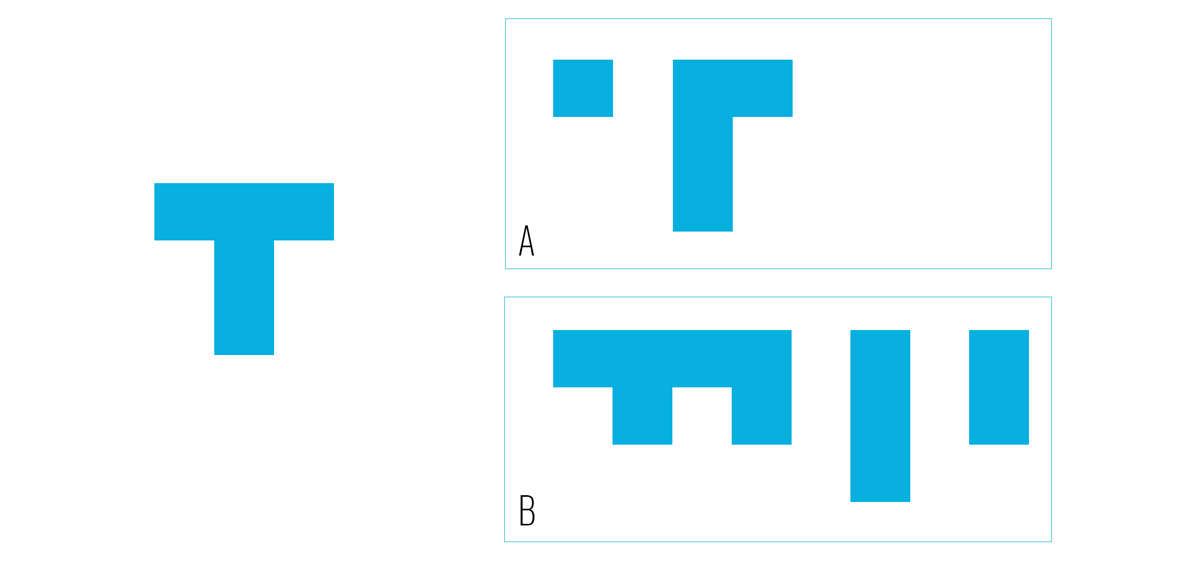This website uses cookies so that we can provide you with the best user experience possible. Cookie information is stored in your browser and performs functions such as recognising you when you return to our website and helping our team to understand which sections of the website you find most interesting and useful.
2 TYPES OF MOTOR LEARNING
Motor learning, or learning new movement patterns, requires that your brain acquires a new way to control the muscles of your body.
Differentiating the two types of motor learning is essential. They are:
- new skill acquisition
- adaptation.
Skill acquisition involves:
- Acquiring new patterns of muscle activation
- Achieving a higher level of performance
- Reducing errors
- Maintaining the speed of the movement
Adaptation is the process of:
- Combining well-learned movement patterns in new ways
- Adjusting the performance when the conditions/rules change
An example of skill acquisition would be learning to hold a pen and write with it.
An example of adaptive learning would be learning to draw squares when you already know how to draw circles.
When we consider how to structure a process of learning new movements to optimize individual progress, the difference between the two is essential.
Think about learning a new language — it makes no sense to learn complicated grammar when you have no vocabulary.
At the same time, memorizing words without finding a meaningful way to use them will not improve the ability to express oneself in a new language freely.
In case of learning movement, one concern is the possibility of physical injury.
When a person without a solid foundation and an appropriate level of body awareness suddenly tries to hustle into highly complicated and coordinated movements, there is a high risk of injury.
From foundation towards increasing complexity and effortless movement.
NEUROANATOMY OF MOTOR LEARNING 101
Primary motor cortex (M1) is a strip of brain tissue going roughly from one temple to another through the top of your head.
It is kind of like a database of basic movements that you can effortlessly access and perform, organized like a map.
The brain cells in this region are connected to groups of muscle cells. The activation of a particular region of M1 will result in a contraction of related muscles to produce a particular movement.
MOVEMENT VOCABULARY
The M1 database is built upon your past life experience.
The movements you’ve “trained” all your life, either deliberately, or as a part of your daily activity — walking, sitting, bending over, reaching for something in front of you etc.
This is your “movement vocabulary”. (similar to a language vocabulary)
It is very important to understand that M1 is not organized like a piano keyboard — in such a way that every muscle can be controlled separately. If this was the case, everyone would be naturally good at robot break dancing. Actually, the opposite is closer to the truth.
Think, how easy it is to make a fist with your fingers, and how difficult it is to bring just your pinkie to touch the palm without bending the rest of the fingers.
This is because there is a movement word “make a fist” in your M1 database, but there is no separate word for “bend the pinkie while keeping the rest of the fingers extended”.
In order to have the “bend the pinkie while keeping the rest of the fingers extended” word as a separate word in your M1 database (or anything else for that matter), one can train to upgrade their movement vocabulary.
The good news is that the M1 maps are extremely flexible, and anyone can acquire new movement patterns through practice and training.
THE HIERARCHY OF MOTOR LEARNING
Although simplified, when a new basic motor skill is well learned, it is eventually saved in the M1 database.
Then, when we want to learn a new complex motor pattern (such as a dance move, or new punch, or to change our walking pattern), we let our brain re-organize the basic building blocks into a new coordinated pattern, according to our intention.
This new coordinated pattern, if practiced consistently, will eventually be saved as a new basic motor skill in M1.
Let’s try to visualize it with a simple example.
Imagine that you want to compose a T-shaped pattern based on the shapes you already have.
In case A, it’s very easy, your brain has to simply put 2 existing patterns together.
In case B, your brain has to figure out how to partially superimpose and partially subtract the figures to get the desired pattern.
This analogy illustrates the importance of refining one’s basic movement vocabulary in order to more easily coordinate complex movements.

But what exactly is basic movement vocabulary? And how do we develop it?
LEARN ABOUT BASEWORKS APPROACH
SUBSCRIBE TO OUR NEWSLETTER
Meaningful content, educational promotions and learning insights – direct to your inbox
By subscribing to this newsletter you agree to our terms of service.


